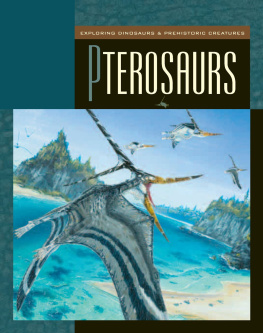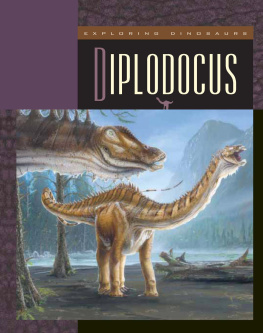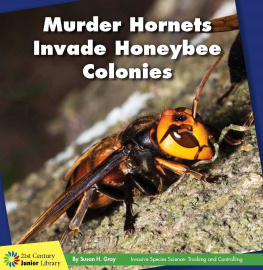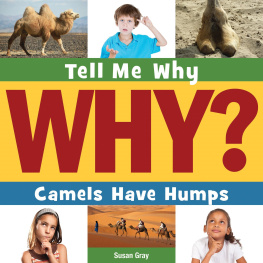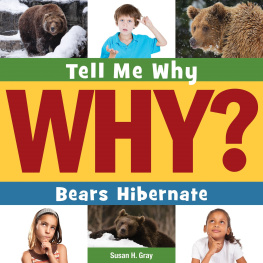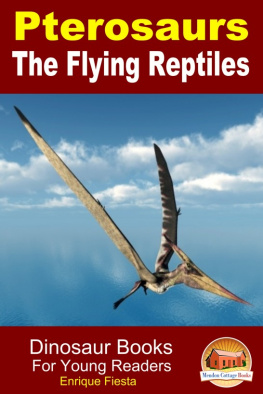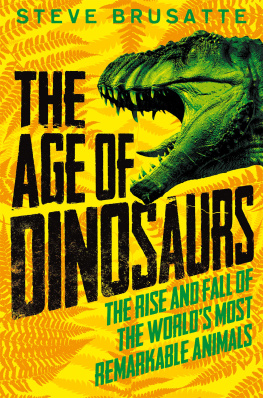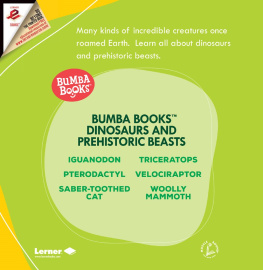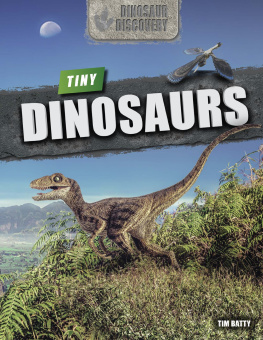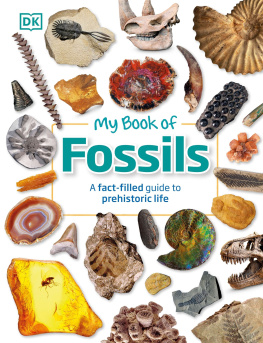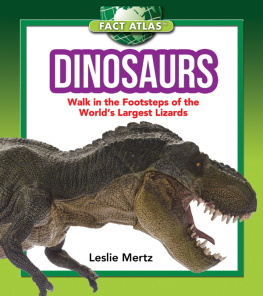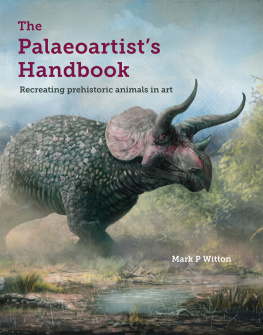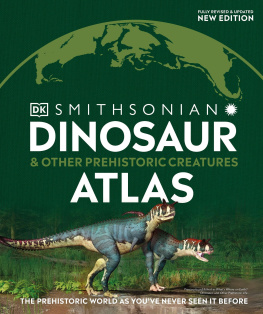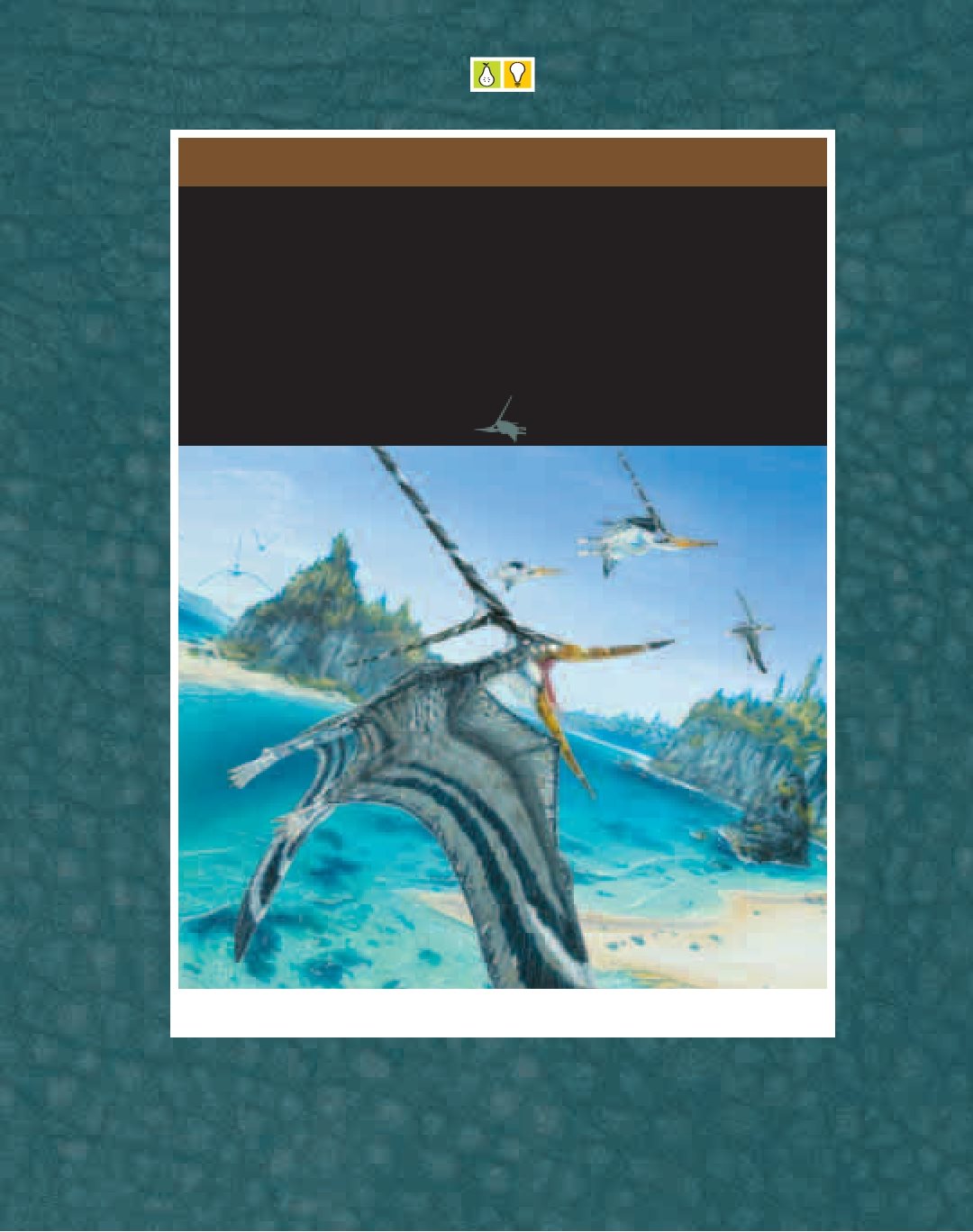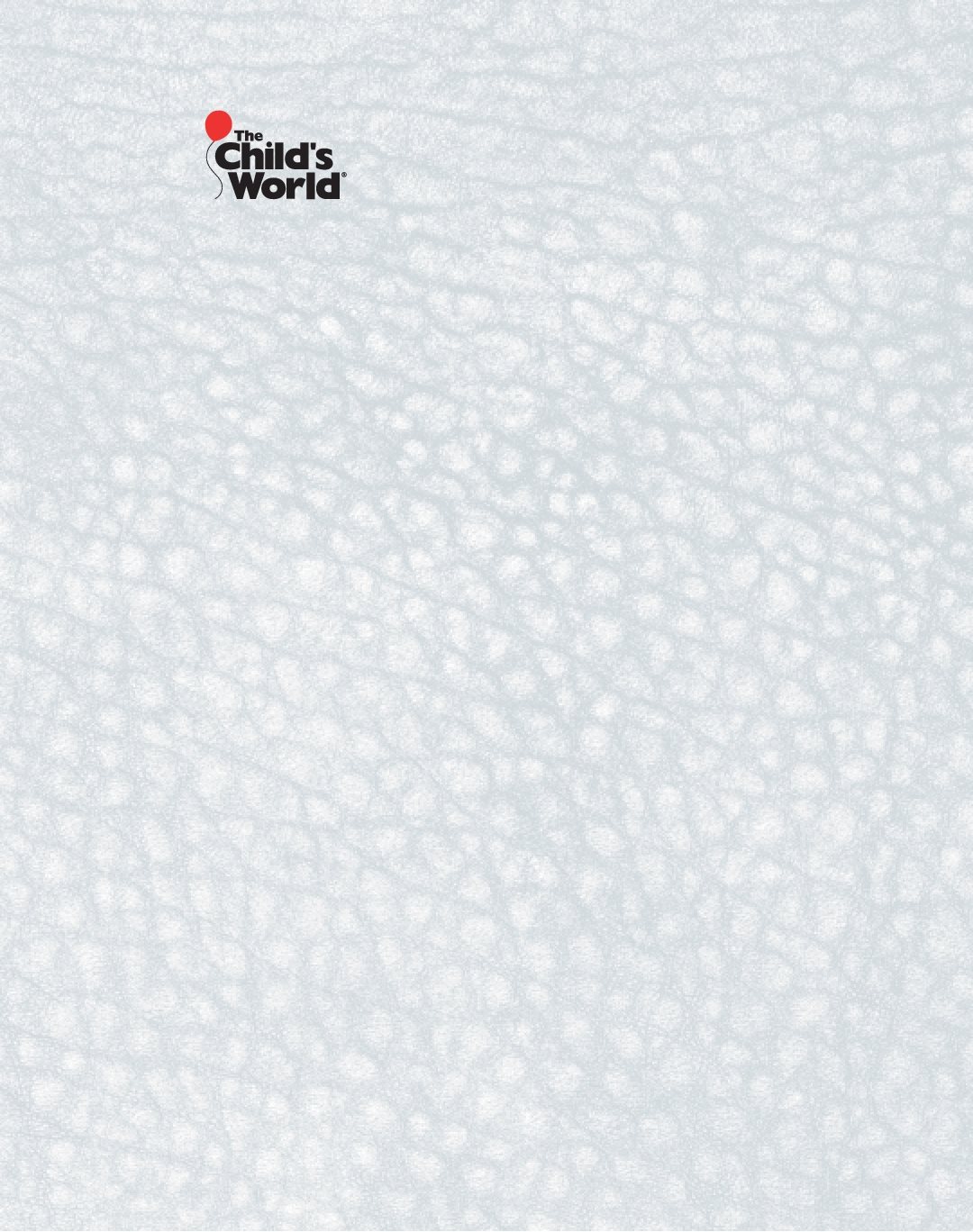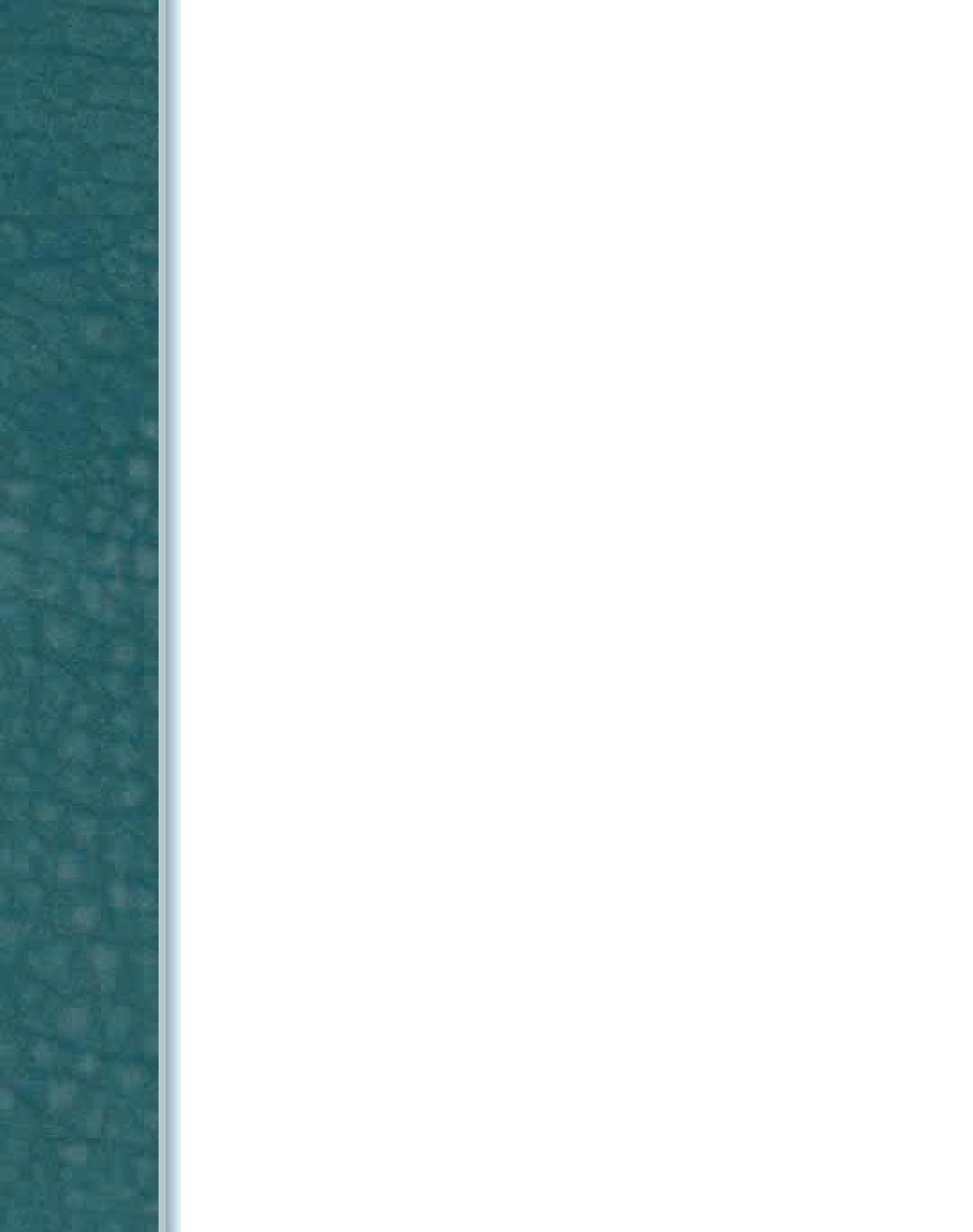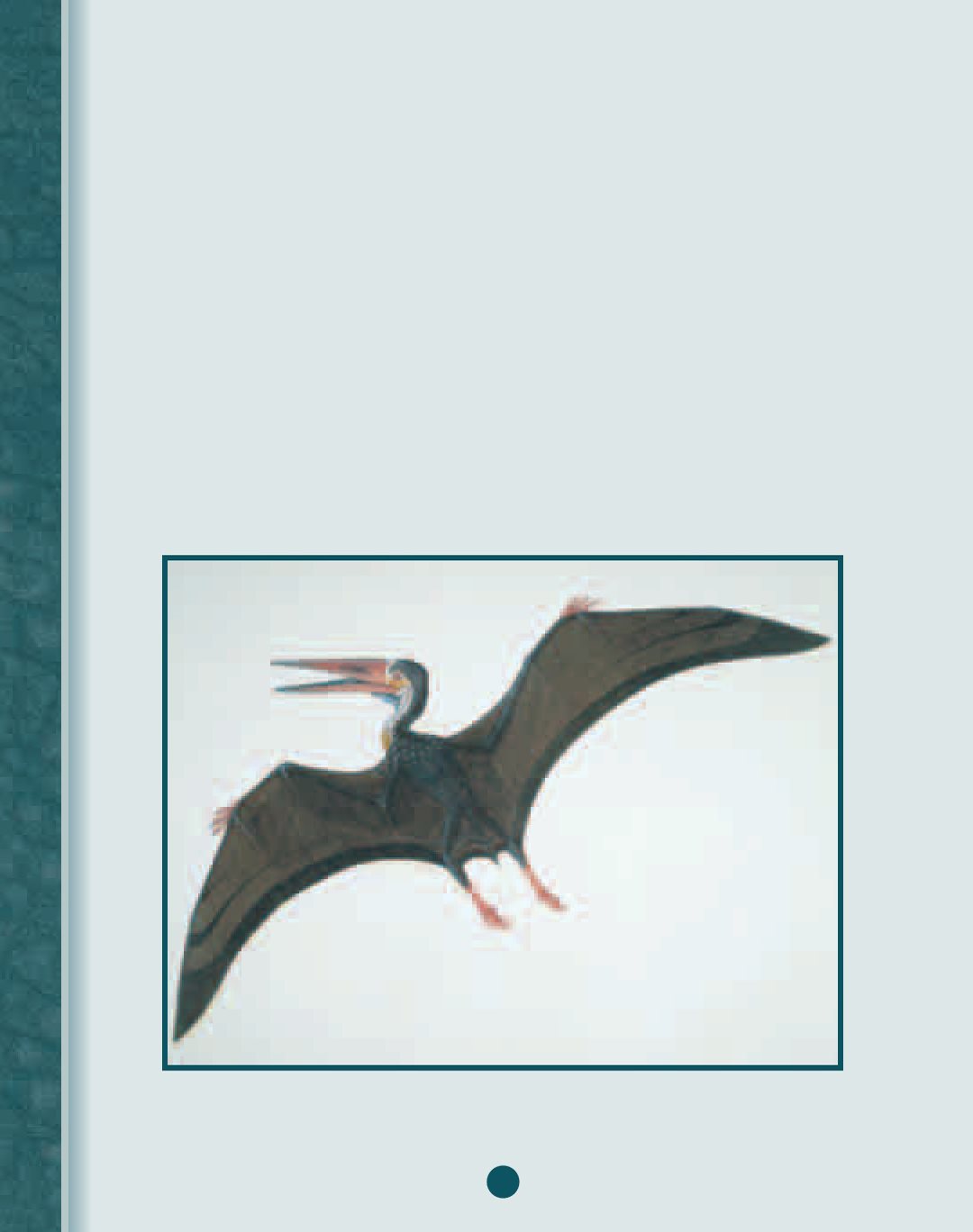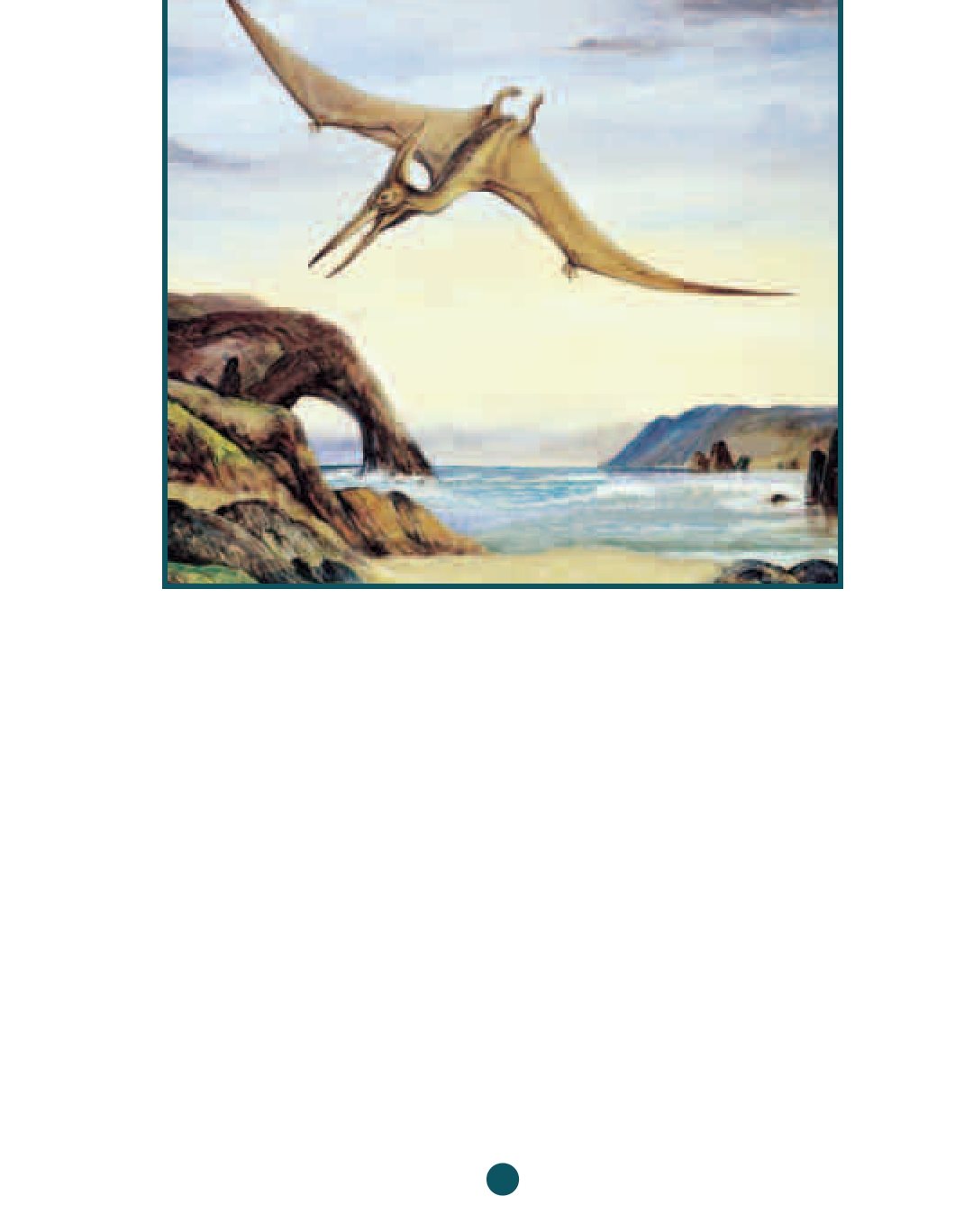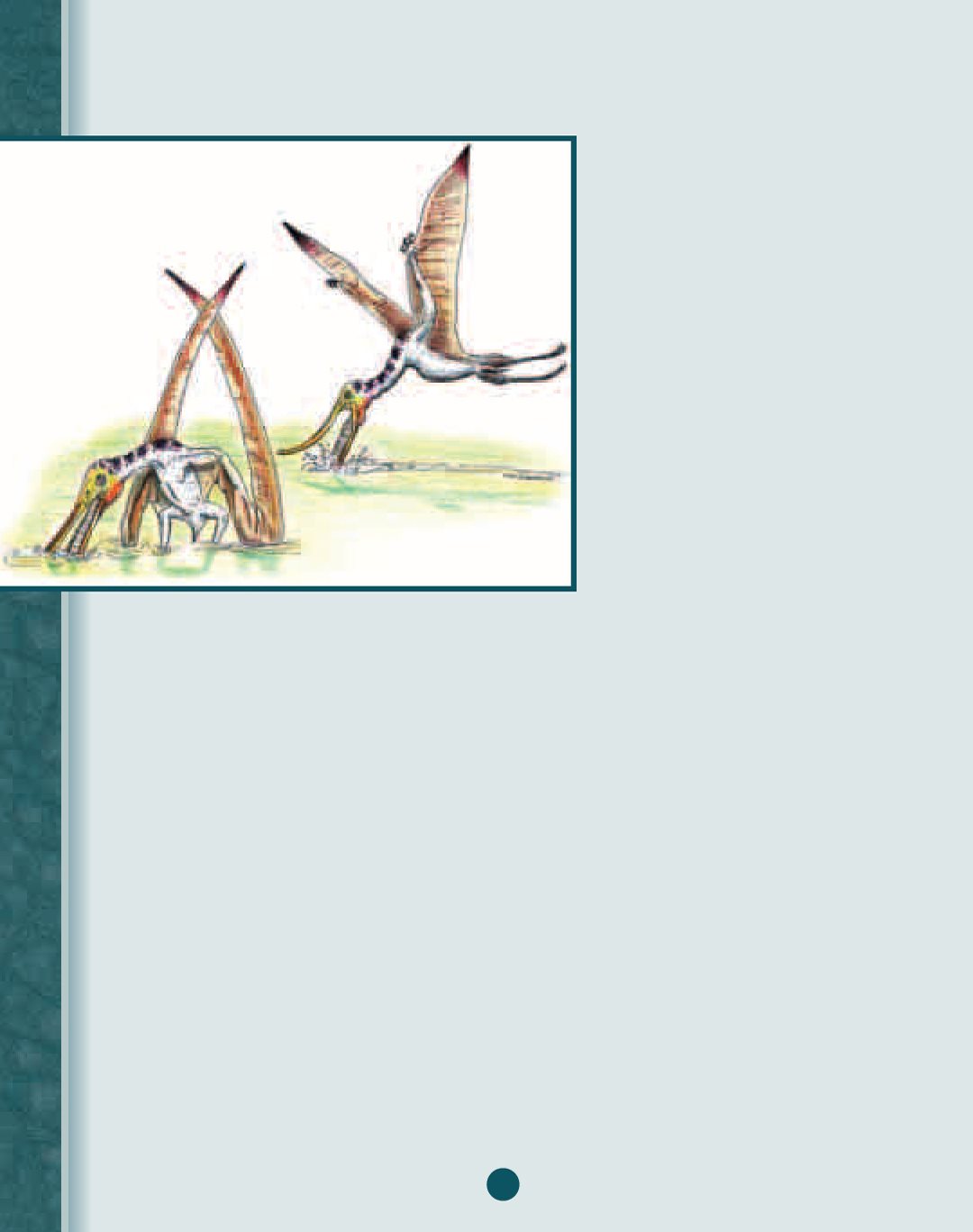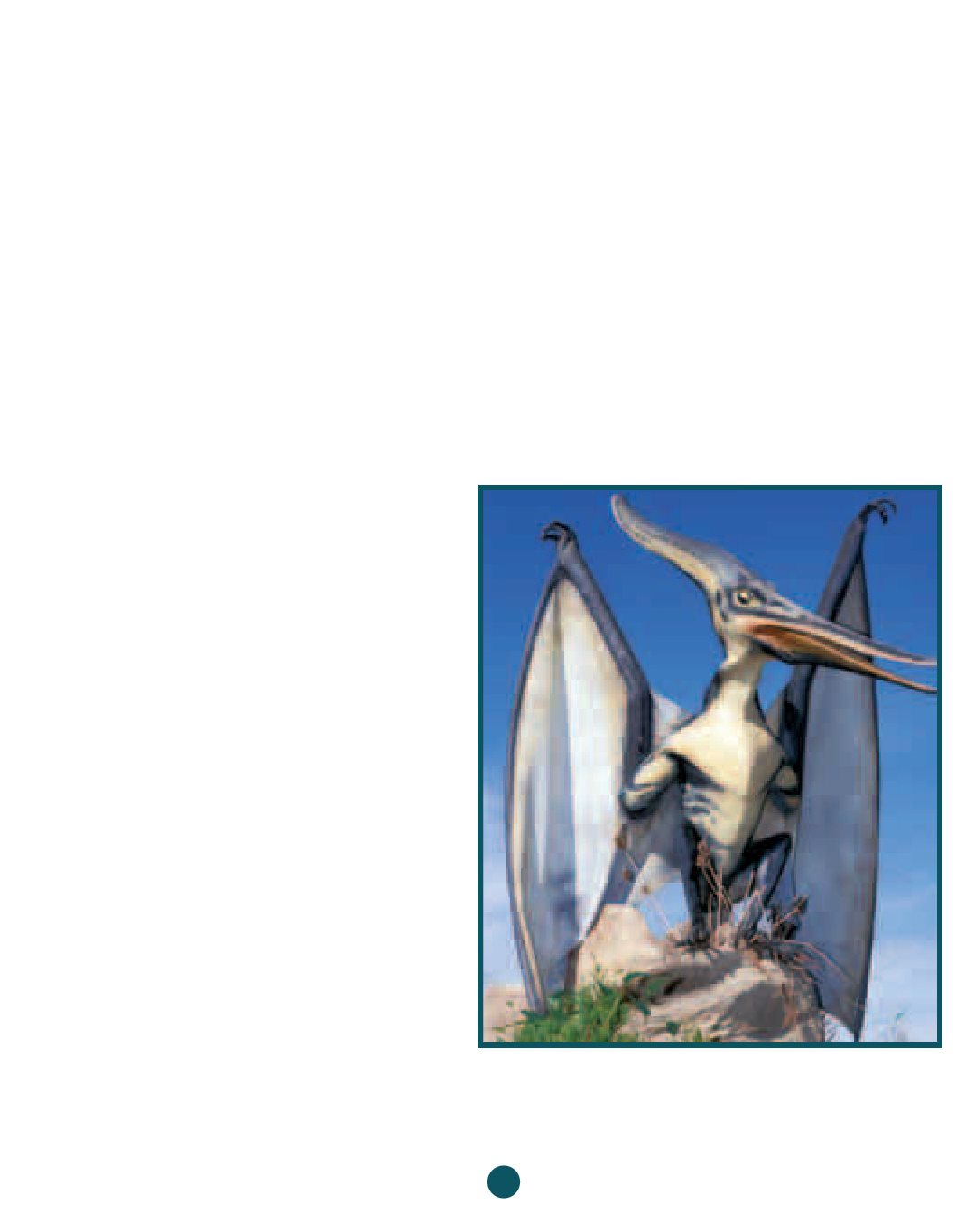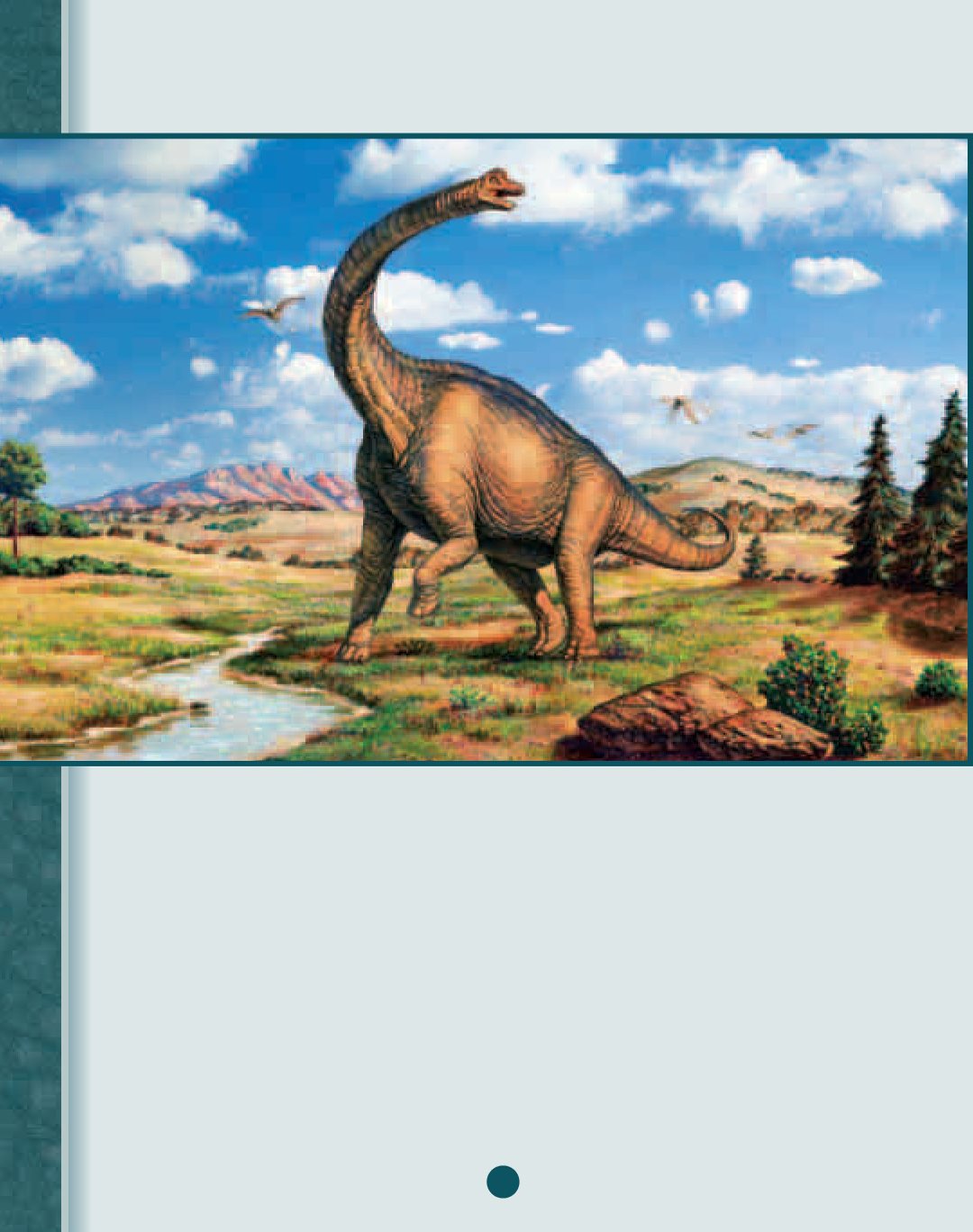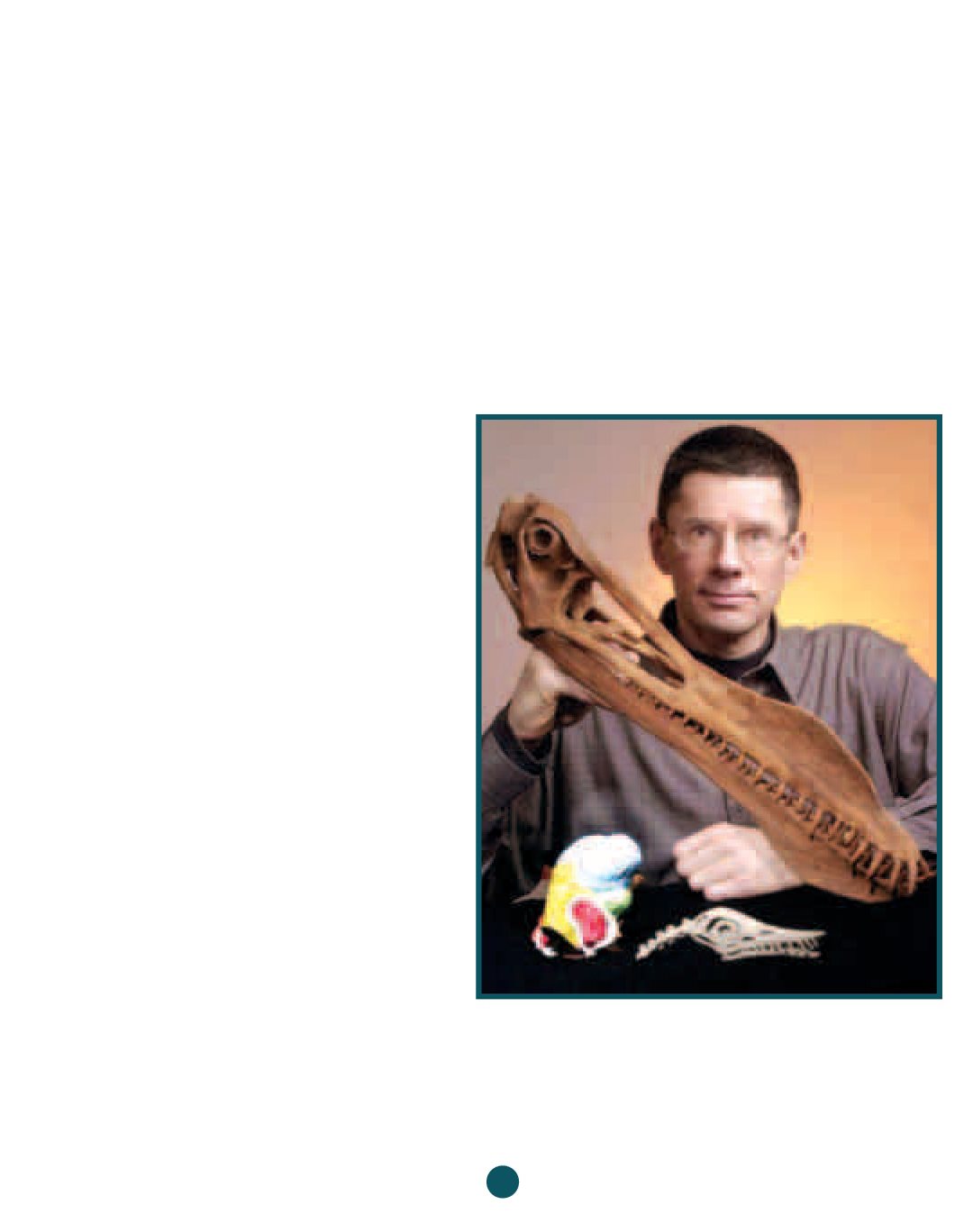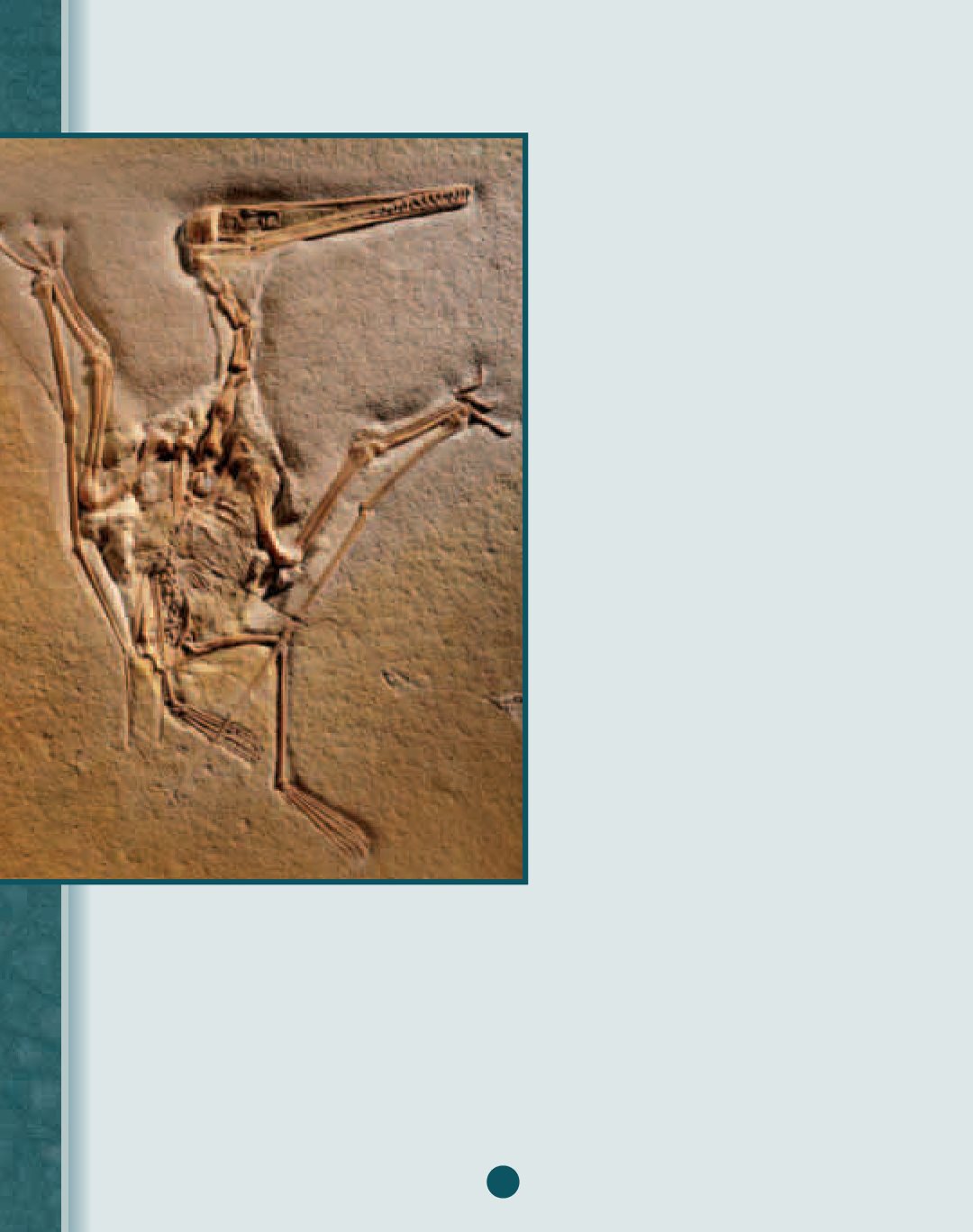EXPLORING DINOSAURS & PREHISTORIC CREATURES
P terosaurs
By Susan H. Gray
THE CHILDS WORLD
CHANHASSEN, MINNESOTA
Published in the United States of America by The Childs World
PO Box 326, Chanhassen, MN 55317-0326
800-599-READ
www.childsworld.com
Content Adviser:
Brian Huber, PhD,
Curator, Department
of Paleobiology,
Smithsonian
National Museum
of Natural History,
Washington DC
Photo Credits: EPA/Rick Fatica/Ohio University/AP/Wide World Photos: 9; Xinhua,
Xu Jiajun/AP/Wide World Photos: 27; Jonathan Blair/Corbis: 10, 21, 26; Layne
Kennedy/Corbis: 18; Phil Schermeister/Corbis: 23; Tom Bean/Corbis: 25; Mike
Fredericks: 6, 13, 19; Josef Moravec, www.prehistory.com: 5; the Natural History
Museum, London: 4, 14, 15, 20; Joe Tucciarone/Science Photo Library/Photo
Researchers, Inc.: 8; Dr. Merlin Tuttle/BCI/Photo Researchers, Inc.: 11; Roger
Harris/Photo Researchers, Inc.: 16; Joe Tucciarone/Photo Researchers, Inc.: 17; Tom
& Pat Leeson/Photo Researchers, Inc.: 24; Ken Lucas/Visuals Unlimited: 7, 22.
The Childs World: Mary Berendes, Publishing Director
Editorial Directions, Inc.: E. Russell Primm, Editorial Director; Pam Rosenberg, Line
Editor; Katie Marsico, Associate Editor; Matthew Messbarger, Editorial Assistant;
Susan Hindman, Copy Editor; Melissa McDaniel, Proofreader; Tim Griffin/IndexServ,
Indexer; Stephen Carl Wender, Fact Checker; Dawn Friedman, Photo Researcher;
Linda S. Koutris, Photo Selector
Original cover art by Todd Marshall
The Design Lab: Kathleen Petelinsek, Design; Kari Thornborough, Page Production
Copyright 2005 by The Childs World
All rights reserved. No part of this book may be reproduced or utilized in
any form or by any means without written permission from the publisher.
Library of Congress Cataloging-in-Publication Data
Gray, Susan Heinrichs.
Pterosaurs / by Susan H. Gray.
p. cm. (Exploring dinosaurs & prehistoric creatures)
Includes index.
ISBN 1-59296-368-4 (lib. bd. : alk. paper) 1. PterosauriaJuvenile literature. I.
Title.
QE862.P7G73 2005
567.918dc22 2004018063
Table of Contents
CHAPTER ONE
A Great Day for Flying
I
t was a crystal clear morning, and Pterodaustro (TEHR-uh-DAW
stroh) was spending it in the sky. He glided silently above the
ocean, catching breezes and updrafts. He flapped his big, leathery
wings a few times and rose higher and higher.
Pterosaurs were the first vertebrates to fly.
Pterosaurs lived during the Mesozoic Era. Often called the Age
of Reptiles, the Mesozoic Era lasted about 180 million years.
Soon, this mighty pterosaur (TEHR-uh-sawr) felt hungry. He
turned his head to the left, dipped one shoulder a little, and began
to descend. Slowly, gracefully, he floated down until he was just above
the waters surface.
Pterodaustro opened his huge, curved beak, exposing hundreds
of bristlelike teeth. Then the reptile dipped the lower half of
his beak into the
water. He glided along
in a straight path,
just skimming the
surface and letting
the water rush
through his mouth.
The water was cold
and clear, and it was full of tiny plants and animals.
One advantage of being able to fly was that it made
many different food sources available to pterosaurs.
Water rushed past the bristles and out both sides of his mouth.
But the plants and animals stayed behinda soupy mixture trapped
in the scoop of Pterodaustro s beak. The pterosaur clapped his mouth
shut. He flapped his wings a little and began to ascend. This snack
should take care of things for a while. It was time to get back to flying.
CHAPTER TWO
What Were the
Pterosaurs?
P
terosaurs were flying reptiles that lived from about 210
million to 65 million years ago. The word pterosaur is taken
from Greek words meaning winged lizard. However, the pterosaurs
were not the kind of rep
tiles that we know as
lizards. They were flying
reptiles that lived at the
same time as the dinosaurs.
Pterosaurs had leath
ery wings. Arm bones sup
ported the wing parts
closest to the body. At the
A pterosaurs leathery wings were attached to its strong arm bones
and to the extremely long and slender bones of its fourth finger.
A Brachiosaurus (BRAY-kee-uh-SAWR-us) looks on as pterosaurs fly overhead .
end of each arm, little clawed fingers stuck out from the front edge
of the wing. A long fourth finger supported the rest of the wing.
Pterosaur bones were very porous. They were strong, yet
lightweight for flying. The reptiles heads were huge for their
bodies. Some had heads with unusual knobs or crests on top.
Many of the pterosaurs had long, narrow beaks. Some had sharp,
pointed teeth.
There were two main groups of pterosaurs. These were the
rhamphorhynchs (RAM
foe- RINKS), meaning
beak-snouts, and the
pterodactyls (TEHR-uh
DAK-tulz), or wing
fingers. Rhamphorhynchs
were the very first
pterosaurs. They had
long tails that trailed out
behind their bodies. Their
A scientist holds up a replica of an Anhanguera
(AN-han-GEHR-uh) skull. Anhanguera was a pterosaur with
a skull nearly twice as long as its body. A Rhamphorhynchus
(RAM-foe-RING-kuss) skull rests on the table.
tails probably helped them
turn and maneuver as they
flew. The rhamphorhynchs
died out about 145
million years ago.
Once a fossil is found it can be cleaned and examined.
This fossilized pterodactyl can help scientists uncover
the mysteries surrounding how it lived and died.
The pterodactyls
survived until about
65 million years ago.
Pterodactyls had much

